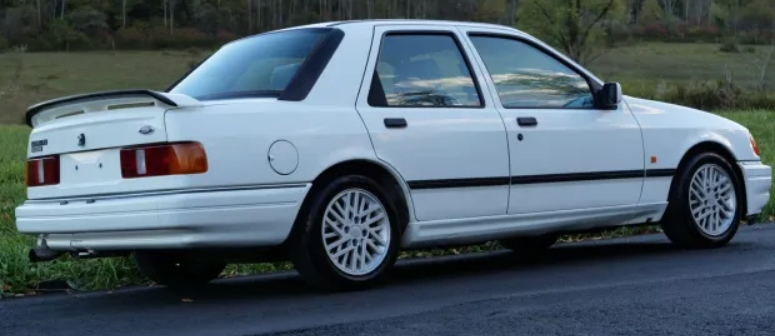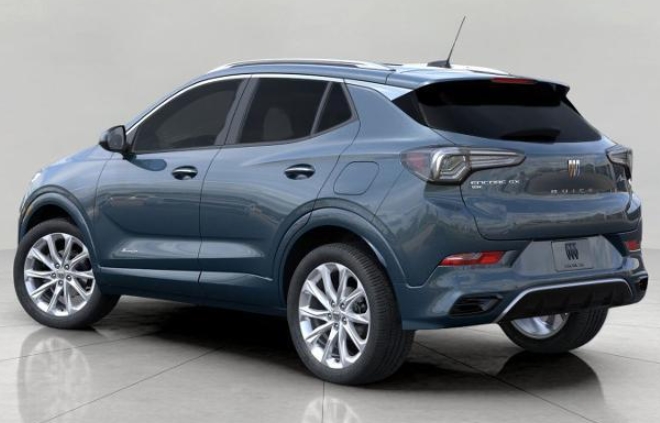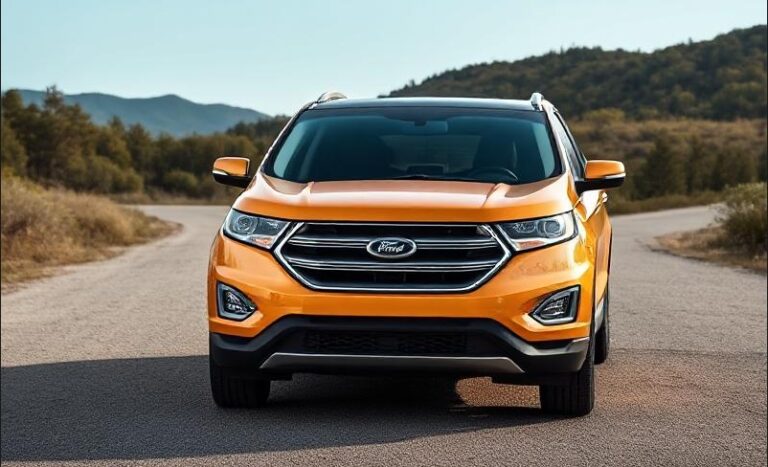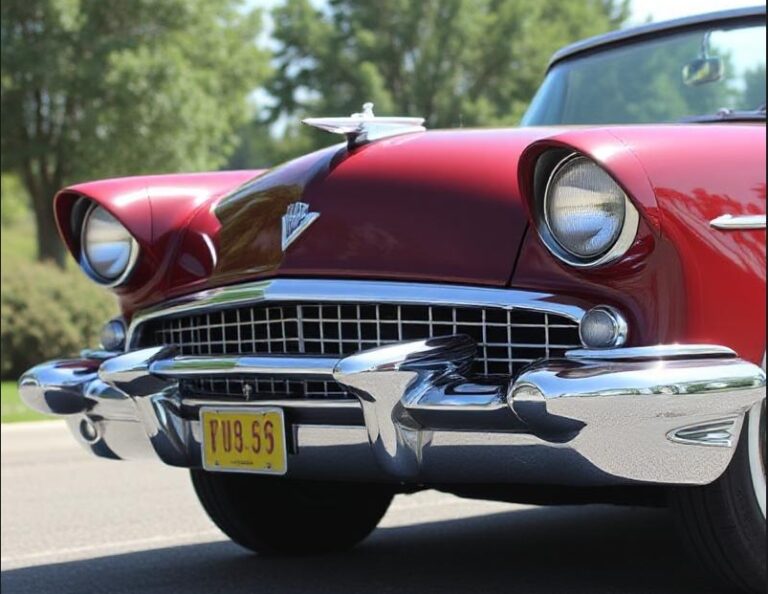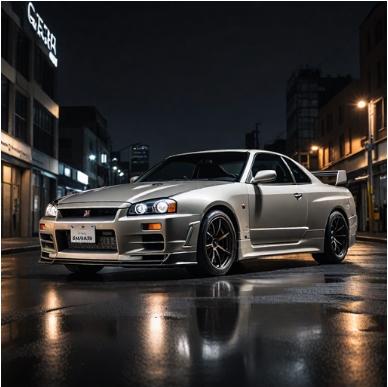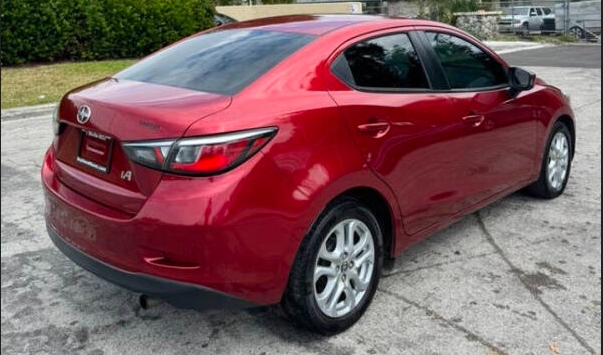The Evolution of the Ford Sierra: A Journey Through Time
The Ford Sierra, introduced in 1982, was a revolutionary car that marked a significant departure from Ford’s design philosophy. With its sleek, aerodynamic shape, it embodied the changing tastes of car buyers and set a new standard for the compact family car segment. Over its production span from 1982 to 1993, the Sierra went through numerous revisions, trims, and models, redefining Ford’s presence in the automotive market. This article delves into the evolution of the Ford Sierra, covering its production years, models, trim levels, and its legacy.
Early Development and Introduction (1982-1985)
The Ford Sierra was developed as a successor to the Ford Cortina, which had served as Ford’s staple in the family car segment for over 20 years. The Sierra’s design was led by the American Ford’s Ghia design studio, making a significant shift toward aerodynamics with its sloping roofline and integrated bumpers. The original model was introduced in the UK in 1982 and quickly gained a reputation for its sporty aesthetic.
1982-1985 Models and Trim Levels:
- Base Model: Marketed primarily for budget-conscious consumers.
- L/GL: Upgraded trim with more features, including better upholstery and sound insulation.
- Ghia: Introduced luxurious elements, including leather upholstery and alloy wheels.
- XR4i: A performance-oriented variant with a 2.0-liter engine and sportier features.
Mid-Generation Updates and Popularity Surge (1986-1989)
The Sierra saw its first significant update in 1986, reflecting improvements in consumer feedback and advancements in automotive technology. This mid-generation facelift focused on making the vehicle more appealing and increasing its market share.
1986-1989 Models and Trim Levels:
- Sierra Mk II: This update was marked by revised front and rear styling; the front grille was larger and more pronounced.
- Base and L Models: Continued to serve as economical choices for families.
- GLX and Ghia: Expanded interior technology with optional features like electronic fuel injection and enhanced audio systems.
- XR4x4: A 4WD version of the XR4i was introduced, catering to enthusiasts wanting both performance and off-road capabilities.
- Sierra Cosworth: Launched in 1986, this performance edition came with a turbocharged 2.0-liter engine and earned a cult following due to its racing pedigree and tuning potential.
The Final Years and Transition (1990-1993)
By the early 1990s, the landscape of the automotive market had shifted. The Sierra had established itself, but it faced increased competition from other models and brands. Ford needed to innovate to keep pace.
1990-1993 Models and Trim Levels:
- Sierra Mk III: The final version was introduced with minimal cosmetic changes but incorporated the latest in motorsport technology and comfort engineering.
- Base, L, GL, and Ghia: These models retained their platform, while better fuel economy and engine refinements were implemented.
- Cosworth 4×4: A more powerful variant of the Sierra Cosworth, produced as a limited run featuring all-wheel drive and some advanced features of the time.
- Sierra Sapphire: A sedan variant of the Sierra that had been introduced earlier, it was designed to target the executive market with a more refined appearance.
.
THIS is GOOD stuff if your car is in need:

.
End of Production and Legacy (1993)
After over a decade of production, the Ford Sierra was ultimately phased out in 1993 to make way for the Ford Mondeo, which was intended to modernize Ford’s approach within the family car segment. The Sierra left an indelible mark on the automotive world, praised for its engineering brilliance, safety features for its time, and sporty variants that found favor in motorsports.
Variants and Special Editions
Throughout its production, Ford released several special editions and models that added to the Sierra’s allure:
- Sierra XR4i and XR4x4: Famed for their performance capabilities, they were often highlighted in motorsport events and became iconic in rallying and touring car racing.
- Sierra Cosworth: The most legendary model, the Cosworth was revered for its tuning potential and is still sought after by enthusiasts today.
- Sierra 1.8D and 2.0D: Diesel variants introduced later in production catered to fuel economy-conscious consumers.
- Ultra-limited special editions: At various points, Ford released special editions that featured bespoke color options, unique interiors, and additional equipment.
The Sierra’s Influence Today
Despite being out of production for decades, the Ford Sierra remains a significant part of automotive history. The car is celebrated by classic car enthusiasts and is often a sought-after model in car clubs. Its design language paved the way for modern Ford designs and automotive engineering principles.
The Sierra influenced both mainstream compact vehicles and performance racing cars. Models like the modern-day Ford Focus owe their design ethos to the principles used in the Sierra’s creation, specifically the emphasis on aerodynamics, safety, and overall driving experience.
Conclusion
The Ford Sierra stands as a testament to automotive evolution over the decades. Its thoughtful engineering, diverse range of models, and adaptability to consumer needs allowed it to thrive through the changing landscape of the 1980s and early 1990s. The Sierra’s legacy continues to be felt today, as it helped usher in a new era of Ford vehicles that combined performance with practicality. As a pivotal model in Ford’s history, the Sierra remains a symbol of ingenuity and influence in the automotive world.
